Kiefel sees cycling's evolution at USA Pro Challenge
Trail-blazing American a VIP driver in Colorado
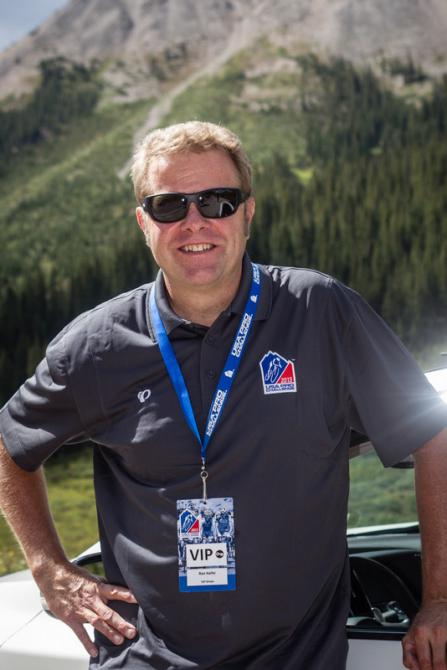
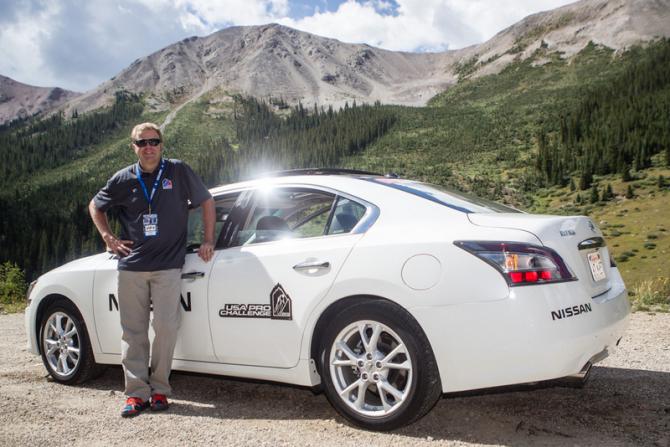
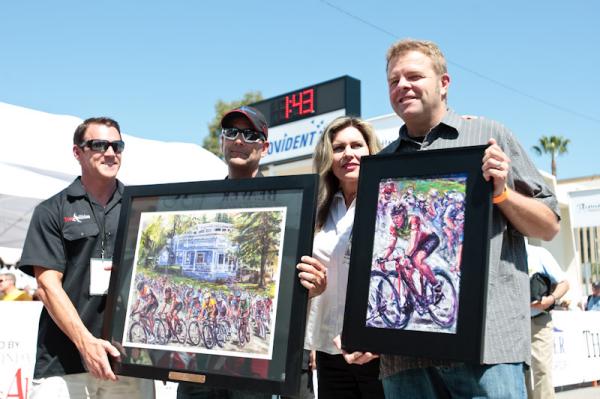
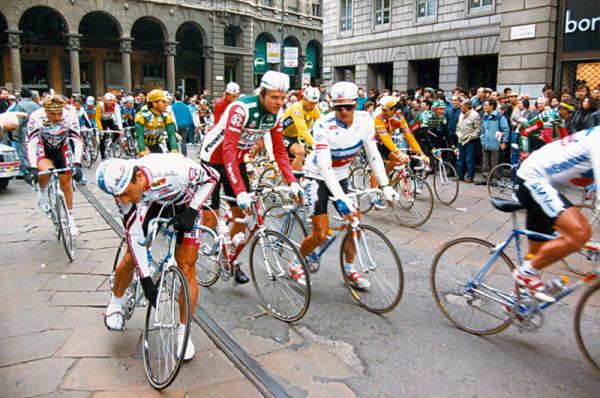
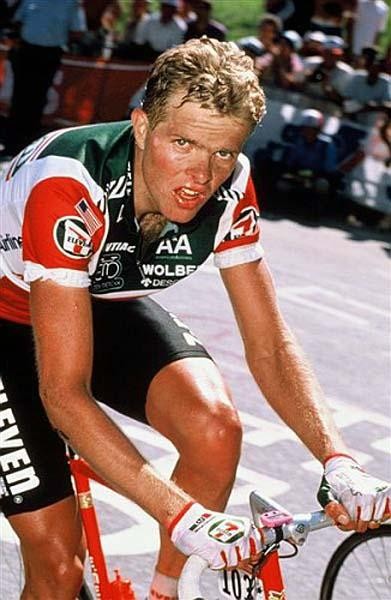
US Cycling Hall of Fame inductee Ron Kiefel is back in the thick of bike racing in Colorado, but this time he's behind the wheel of a car rather than driving his bike over the high mountain passes of the Centennial State.
The former pro – who rode for the pioneering 7-Eleven teams throughout the 1980s before joining Motorola, Coors Light and Saturn and then retiring after the 1995 season – is at the USA Pro Challenge this week piloting a VIP car in the race caravan.
The Denver native knows well the roads he's been negotiating; aside from training on them for most of his career, he raced every edition of the Coors Classic, the previous professional race in Colorado that ran from 1980 through 1988.
"I raced in all of them," Kiefel told Cyclingnews after the opening stage in Aspen. "The first Red Zinger I did was '79. And I did it all the way until '88, the year Davis [Phinney] won the overall, so I've seen it all."
Kiefel, 53, said aside from the shared roads and communities, the old Coors Classic doesn't compare with the three-year-old USA Pro Challenge.
"This event is much bigger in terms of sponsorship and media," Kiefel said. "And just in terms of the whole way the thing is put together it is much more professional. I think the budget is $10 million, and I think [Coors Classic promoter] Michael Aisner at the peak had 750,000 to one million. … So it's nice to see that this wasn't just another race at the Coors Classic level. It's the next step up. And their vision is bigger – to be like the US Open or the Kentucky Derby or the Indy 500. That's their vision."
Kiefel's own vision this week has been restricted to keeping his VIP passengers safe and entertained as he negotiates his way through the race caravan, but he has the advantage of years of peloton experience to help guide him through.
The latest race content, interviews, features, reviews and expert buying guides, direct to your inbox!
"It's just fun to get back into the sport and watch the riders do what they're doing," he said. "You're battling with team directors for position, talking with the clients, trying to drive and listening to the race radio. So there's a lot going on for us.
"As a cyclist you're just kind of used to always looking around," Kiefel said of caravan driving. "You have that peripheral vision, and you can see stuff happening and what's going on behind. That's why cyclists make good drivers, because they look all the way around and they anticipate a lot."
Kiefel's time competing in the peloton is marked by many historical firsts. As a rider on 7-Eleven, he was the first American to win a Grand Tour stage at the 1985 Giro d'Italia. He was part of the first US team at the Tour de France in 1985, and he claimed wins at one-day races Trofeo Laigueglia in 1985 and the Giro di Toscana in 1988. He also won stages at the Tour of Luxembourg and the Tour DuPont in 1992. He was inducted into the hall of fame in 2004.
Many things have changed in cycling since then, especially in the United States, where international cycling was in its relative infancy for US riders during the Coors Classic run. But one thing that hasn't changed is the attraction for European riders to cross the Atlantic to compete.
"I remember when we were in Hawaii the year we did the race there," Kiefel said. "The Italians laid by the pool all day, then they did the race. So for the European guys it was really about coming to the United States. And we didn't have all the internet and the television coverage, so unless someone was a real super fan, they didn't know these European riders very well, except for Bernard Hinault. So the European riders could come here and be anonymous and walk down the street without being hassled."
Five-time Tour de France champion Hinault came to the Coors Classic in 1986 following his Tour battle with Lemond, who earlier that year became the first American to win the overall at the French Grand Tour.
"Hinault really wanted to come to the United States, and LeMond talked to him a lot," Kiefel said. "LeMond kind of acquiesced so Hinault could win everything. Hinault rode really well, it's not like LeMond handed it to him, but it wasn't a death battle like they had in the Tour de France."
US cycling and its fans have come a long way since the years of LeMond, Hinault and 7-Eleven, and the USA pro Challenge reflects that evolution. While the Coors race had an abundance of American-style criteriums, the USA Pro Challenge is a more conventional stage race.
"This race now is much more European style with the longer circuits and the point-to-points," Kiefel said. "Whereas with the Coors Classic, Mike Aisner's vision was to bring as much of this bike racing to the crowd as possible, because you didn't have the helicopters, the airplanes, television or Tour Tracker and all that. You didn't have that, so the crowd just wanted to get there and see the race, walk around the course and hear the announcer."
US fans now know a lot more about the sport than they did when Kiefel was racing alongside riders such as Phinney, Andy Hampsten, Jeff Pierce and Roy Knickman.
"I really appreciate the fan base and the people who understand cycling now – certainly all the years with the Tour de France on television and the people coming over and the history," Kiefel said. "When we first started doing the Coors Classic, people didn't know what the word peloton meant, or breakaway or chase group."
Kiefel is still involved in the cycling industry when he's not driving the VIP car. His family owns a 30,000-square-foot bike shop in Denver called Wheat Ridge Cyclery. But the time he spends at the Colorado race puts him back in the spotlight, if only for a few days.
"This is so cool," he said. "There are people who are fans here who remember the Coors Classic and say, 'Oh, Ron, hey how are you doing? Good to see you.' But that was about 40 pounds ago that I was really fit and lean here."
But the biggest thrill for Kiefel is just seeing how well the race has been received and what a great postcard it has become for his native state.
"It really fits super well in Colorado," he said. "Plus, it's showcasing Colorado to more than 200 countries. I mean what kind of video imagery and pictures do they show that make people say, 'Oh, I need to get to Colorado.' You know, Switzerland or Colorado."
Growing up in Missoula, Montana, Pat competed in his first bike race in 1985 at Flathead Lake. He studied English and journalism at the University of Oregon and has covered North American cycling extensively since 2009, as well as racing and teams in Europe and South America. Pat currently lives in the US outside of Portland, Oregon, with his imaginary dog Rusty.
